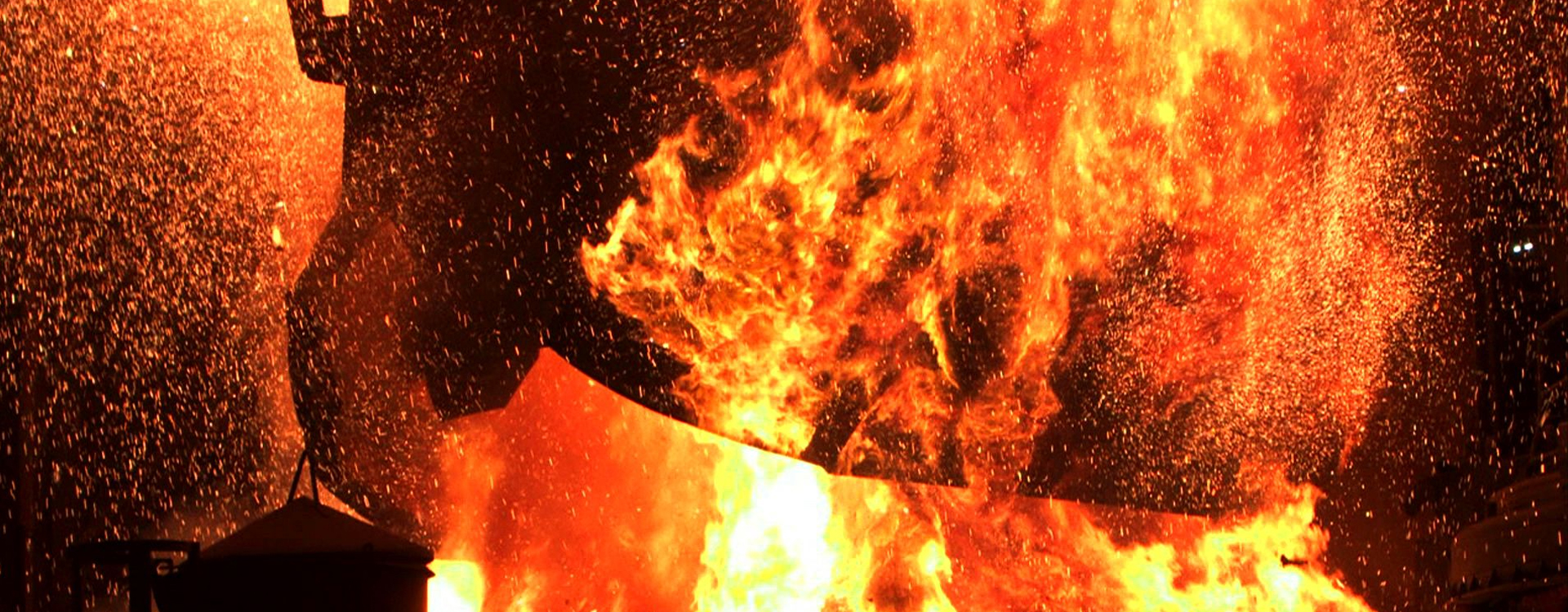Seminar Details
The present work is intended to synthesize novel NiMnCrMoWx (x = 0.2, 0.4, 0.6, 0.8, 1.0 atomic fraction) High Entropy Alloys (HEAs) by Powder Metallurgy (PM) and Vacuum Arc Melting (VAM). The effect of tungsten on phase evolution in the milled powders, conventionally sintered and vacuum arc melted samples is investigated using X-Ray Diffraction (XRD). The morphology of HEAs and composition are investigated by Scanning Electron Microscopy (SEM) and Energy Dispersive Spectroscopy (EDS). The phase analysis by XRD and High-Resolution Transmission Electron Microscopy (HRTEM) of 70 h milled powder confirmed the presence of major BCC and minor FCC phases. The HEAs are thermally stable below 1273 K, as confirmed by Differential Scanning Calorimetry (DSC). The 1273 K annealed powders showed the presence of &sigma-phase. The XRD of the sintered pellets and cast specimens confirmed different volume fractions of &sigma-phase, MoNi3, MnNi, and other phases. Results of Vickers hardness and wear studies of PM specimens indicated that the alloy containing 0.6 atomic fraction of tungsten possessed a maximum hardness of 644 HV5 and maximum wear resistance, which is attributed to the maximum extent of the &sigma-phase, MoNi3, and MnNi phases in the W0.6 alloy. The hardness of the as-cast W0.6 alloy specimen is 655 HV5 with maximum wear resistance. The microstructures of the as-cast and annealed alloy specimens consist of dendritic, and equiaxed zones having bright, grey, and dark regions annealing effectively altered the appearance of the phases in these regions. The compressive strength of the as-cast alloys is in good agreement with the hardness results, and it is maximum (1617 MPa) for the W0.6 alloy.
In association with the above, the oxidation behavior (at temperatures 1273 K, 1373 K, and 1473 K) of both PM and VAM specimens of the investigated alloys is studied. It is seen that at 1273 K the mass gain is minimum after the stipulated hours of oxidation. The mass gain of the PM samples is higher than the VAM samples, at higher temperatures. The majority of the oxides are of manganese and chromium owing to their higher affinity towards oxidation. The oxidation kinetics of the alloys followed a typical power law relationship (∆W = ktn) for mass gain with time. The highest mass gain is obtained for W1.0 alloy at 1273 K and 1373 K, which is due to the porous oxides of tungsten, whereas oxidation at 1473 K showed initial mass gain followed by mass loss due to sublimation of the higher W % alloys. The highest activation energy of PM samples is observed for W0.2 alloy (249.14 kJ/mole), whereas in the case of VAM samples, the W0.4 alloy got the highest activation energy (233.30 kJ/mole). Finally, the Artificial Neural Network (ANN) approach is taken to predict a few parameters like Crystallite Size (CS), Lattice Strain (LS), hardness, as well as oxidation mass gain of the investigated alloys. The results from the ANN modelling provided an excellent prediction of CS and LS with accuracies of more than 90%.



